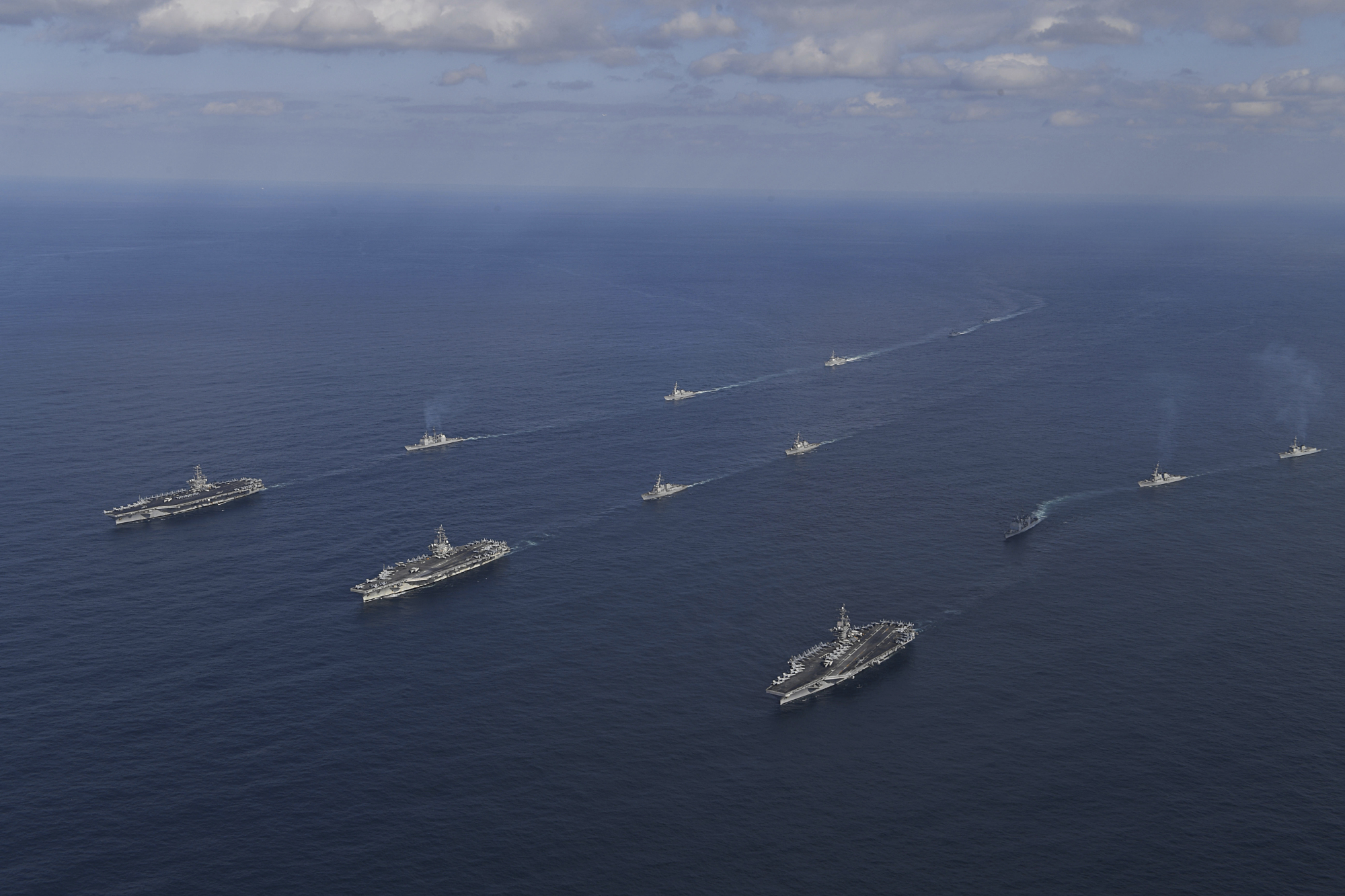As U.S. President Donald Trump toured Asia, three U.S. aircraft carrier battle groups were exercising together in the Pacific. It was an awesome display of U.S. military power and reach, a reminder of Washington's unparalleled ability to project global force. At the same time, however, it was also a sign of how stretched those forces have become.
Getting three carriers to the Pacific has been an intrinsic part of Washington's strategy to intimidate North Korea. But to do so required pulling forces from a host of other potential conflict areas, including the Gulf.
The ever-increasing demand for military resources in a growing number of places is causing increased concern in the U.S. military. In June, a report by the U.S. Army War College described America's military clout as "fraying" and bluntly concluded that the era of U.S. global military primacy that followed the fall of the Berlin Wall was over. America's armed forces have a variety of strategies to tackle that decline, but the truth is that coming wars will look very different from the sort of military deployments taken for granted in the recent past.



















With your current subscription plan you can comment on stories. However, before writing your first comment, please create a display name in the Profile section of your subscriber account page.